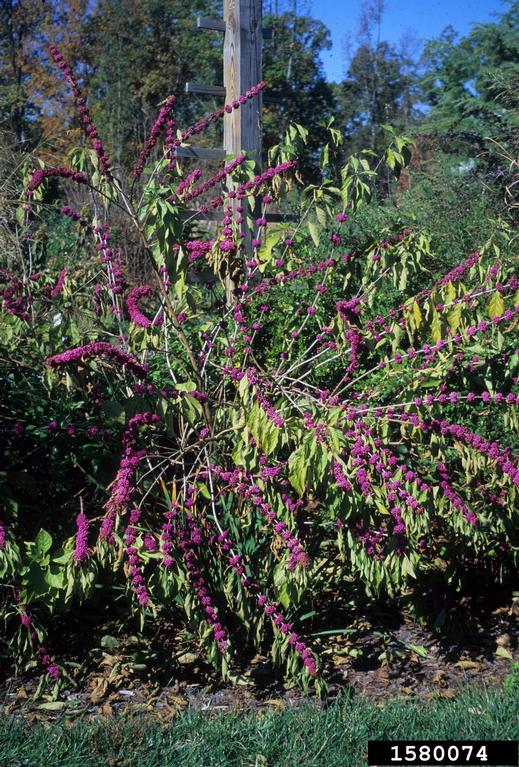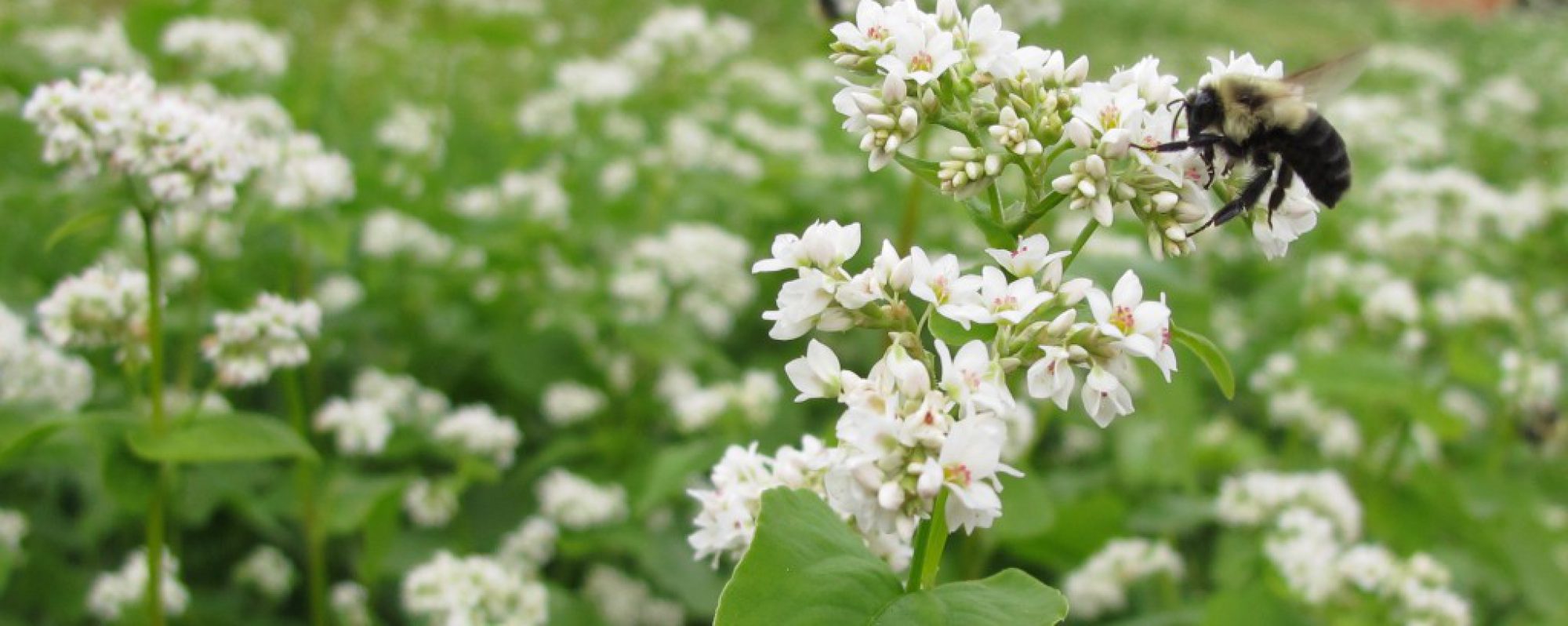By Mary Schuster, Cherokee County Master Gardener
This writer was fortunate enough to become a Cherokee County Master Gardener (CCMG) as a participant in the class of 2014. The UGA Extension Office, along with designers of our training schedule, provided a vast array of interesting topics for us to consider. One that stood out for me in particular was a presentation given by the Atlanta Audubon Society (AAS). The speaker generally discussed the important role birds and other wildlife provide to our natural environment.
Of particular interest to me was the certification program the AAS provides called the “Backyard Wildlife Sanctuary.” To become certified, one may attend a workshop and learn how to effectively turn a typical backyard into a wonderful and safe sanctuary for our visiting flying friends. After applying the principles learned in the workshop, the learner goes back and prepares the yard for a visit by the certification committee. Great emphasis is placed on growing native plants for birds. Hence, another hobby evolves that combines both cultivation of native plants and the joy of bird watching into a fascinating little bundle providing hours of enjoyment while simultaneously dabbling in two pleasant pastimes.
As CCMGs we are lucky to get to participate in frequent plant sales. While we busily set up and take down the huge inventory of plants, it becomes necessary to learn to correctly identify the plants we are offering for sale. Before you know it, we become quite familiar with the many varieties available at the sale to place in our yards specifically for birds. Here are just a few great examples of native plants and the birds such plants attract:
American beautyberry (Callicarpa americana) Carolina Wren, BrownThrasher, American Robin
Black-eyed Susan (Rudbeckia hirta) Carolina Chickadee, American Goldfinch, Tufted Titmouse
Elderberry (Sambucus spp.) Northern Mockingbird, Woodthrush, Brown Thrasher
Native azalea (Rhododendron spp.) Ruby-throated Hummingbird
Winterberry (Ilex verticillata) Cedar Waxwing, Gray Catbird, American Robin
Blackberry (Rubus spp.) Carolina Wren, Chipping Sparrow, Brown Thrasher
Winged sumac (Rhus copillinum) Indigo Bunting, Brown Thrasher, American Robin
Devil’s walkingstick (Aralia spinosa) Wood Thrush, Brown Thrasher, American Robin

In addition to the proper plantings that provide food, remember to incorporate shelter/nesting areas and water for the birds. Good shelter protects them from weather conditions and natural predators. A dense canopy also provides an ideal environment for nesting. Your yard should have a mix of deciduous and evergreen plants. Several references suggest that at least 25 percent of the trees and shrubs should be evergreen. As far as water sources go, the vessels should be filled no more than two to three inches deep (while changing the water frequently) and elevated in the middle of an open area to minimize predation by cats and other animals.
Providing proper nutrition likely includes a supplemental source in addition to your native plants. Suet cakes are an inexpensive way to provide some essential nutrition for winter residents. To prevent squirrels feasting on the suet cake, try using suet flavored with hot pepper. Suet attracts a great variety of birds, and the birds tend to remain at the feeding cage long enough to get a really good look at them. As far as seeds are concerned, buy specific seeds for specific feeders. You may try placing cracked corn and millet in one feeder and just sunflower seeds in another. Please note that safe bird feeding includes completely scrubbing out feeders with a 10 percent non-chlorinated bleach solution at least a few times a year, especially between seasons.
